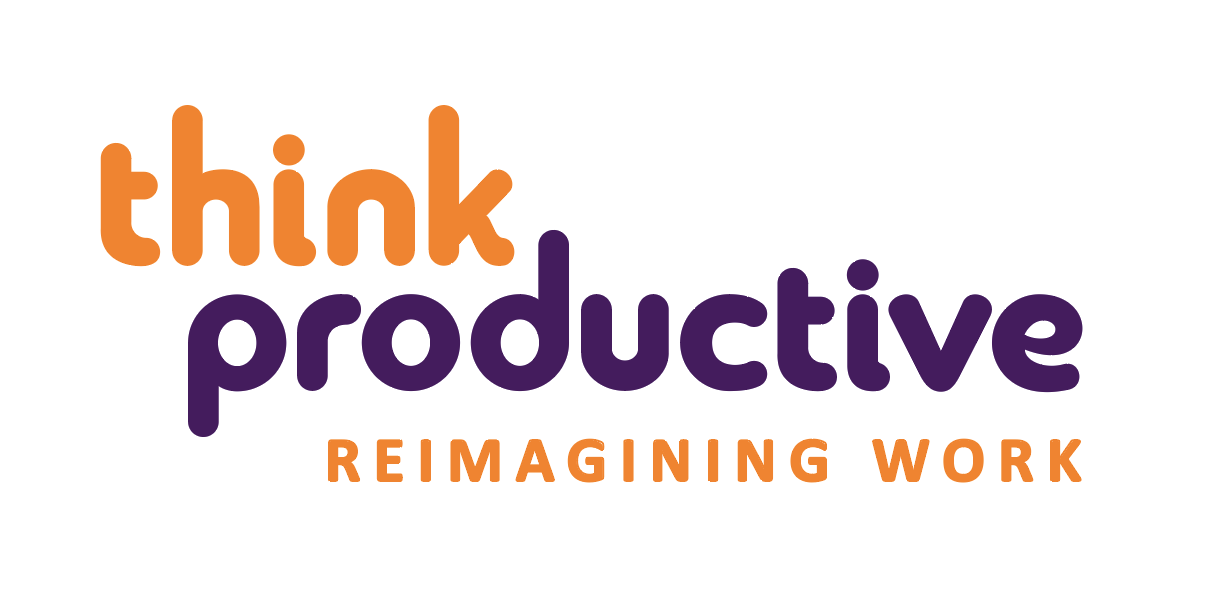We are big fans of flexible working, and so are our time management training participants. In fact, according to various studies, 87% of people have reported they are or would like to work flexibly. However, we still regularly get asked how to start having conversations around flexible work arrangements and how managers and their teams can make it work.
Our Productivity Ninja, Hayley Watts, is an advocate for flexible working, she says it has helped her out many times and allowed her to do her best work. When we think of flexible working, it looks as though our minds immediately jump to offering different arrangements to working parents. It’s not just parents who want to work in a way that better suits them and it’s time more teams have those critical conversations about how they’re currently working and what they want to improve going forward.
We hear a lot of people talking about how just simply asking for more flexibility can affect the way that managers perceive commitment to the role and the organization. We even meet a lot of managers who are opposed to flexible working, but with 87% of people wanting more flexibility, some of those people have to be managers too, right?

But where to begin?
Firstly, check out your flexible working policy, if your company has one. We’ve seen a few which state that they offer flexible working and then go onto explain how little flexibility is really allowed. So, find out if you have one, but don’t get disheartened if it doesn’t tell you what you want to hear.
Try to understand who will be making the decision about your request. What will they want from you in terms of working and hours? So, if you usually have a team meeting on the first Monday of the month, your manager might want you there for that. Think about what they will care about. This will help you to overcome objections later on, if there are any.

What would be your ideal? Work out what you would ideally like. Then decide on what the essentials are. You should ask for your ideal first, but know what you are prepared to compromise on.
Ok, now, what do I say?
Before you even start the conversation, think about how the person you need to ask likes to work. Perhaps they prefer email to mull things over, perhaps they prefer to talk in person. If you work with some who prefers email you could introduce the issue in a conversation by saying something like “I’ve been thinking about flexible working. I’ll send you some ideas by email, could you take a look?” That will allow you to gauge their initial reaction. If you think your proposal will be met with resistance, you might prefer to have the conversation in person. Much easier to gauge reaction and keep the conversation open.

Some Conversation Starters
“I’ve been reading about flexible working, and would like to give it a try. I think it could help me to be more productive. When could we talk about it in more detail?”
“I’ve been thinking that some flexible working could help me to do a better job. What are your thoughts on flexibility?”
This could be a way to test the water, putting the ball in someone else’s court. Not so good if you think they might just say no straight away.
If your plans are fairly straight forward e.g. you’d like to start later and stay later, something that’s easy to explain, just ask if you can do that. Be prepared to outline the benefits when you introduce the subject and remember, being more productive and happier at work is a huge benefit in itself. For example: “If I were to start work later, I think I could be more productive.”
Things to Consider
1) Who do you need to get on board to help you make the case to the decision maker?
2) Identify possible objections and prepare answers for them, showing you have truly thought this through.
3) Be prepared, and even suggest, to test new arrangements out for a time to see how it works. Trial new arrangements for a month or 6 weeks and schedule in a meeting with the decision maker to discuss the results. This way you can tweak arrangements rather than simply accepting a “No”. You can also keep annual reviews in your diary to show you’re happy to continually review your new way of working.
4) A lot of the time, conversations seem much more negative and daunting in our minds than they actually are. If you’re really anxious about approaching this subject, practice with a colleague or friend and play through the different outcomes. It might just go better than you ever expected.

Whether it’s working remotely, changing your hours or simply wanting to explore different options than the regular nine to five office set up for knowledge workers, be brave and start having those conversations. We can also chat through any questions or ideas you might have – just let us know in the comments below or at hello@thinkpuk.wpengine.com
By Hayley Watts
Hayley is Think Productive’s Productivity Ninja for London and the South East. Read more of Hayley’s tips here.

nice post thanks